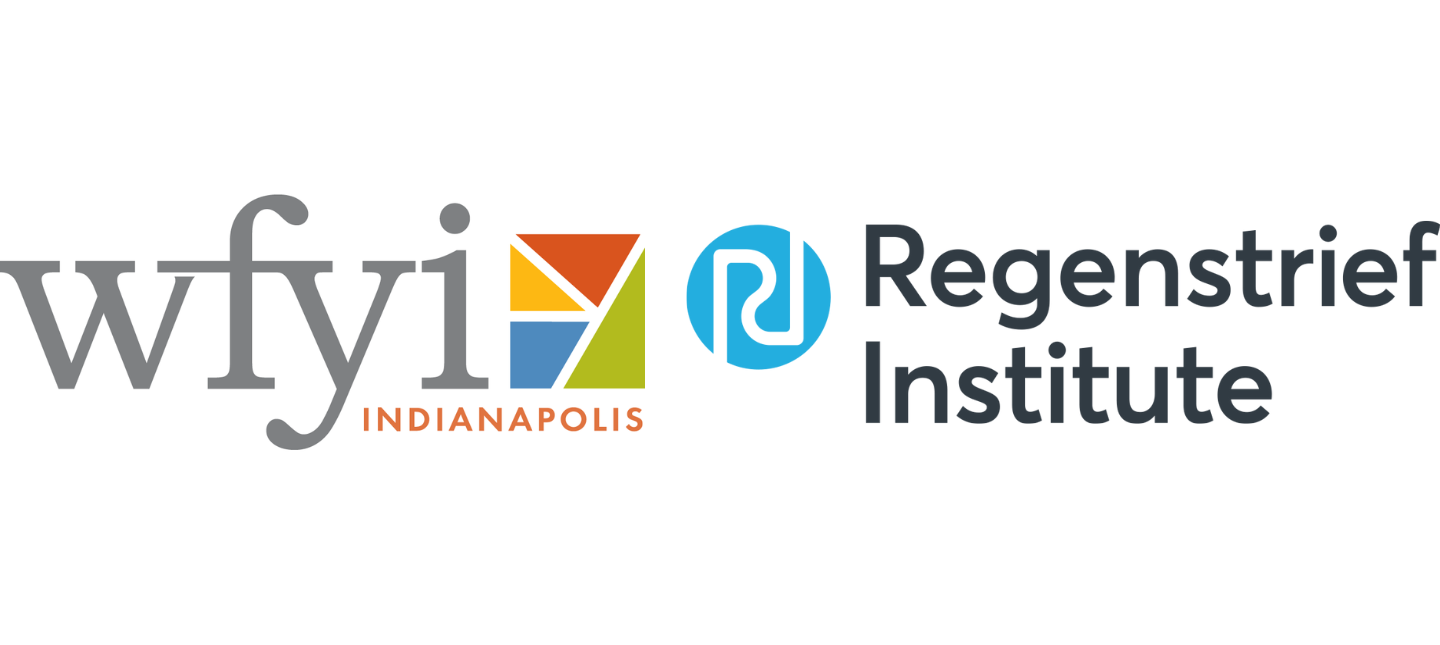Published in Nature Communications. Here is a link to the article.
Regenstrief Institute authors: Kun Huang, PhD
Abstract
Multiple Myeloma is an incurable plasma cell malignancy with a poor survival rate that is usually treated with immunomodulatory drugs (iMiDs) and proteosome inhibitors (PIs). The malignant plasma cells quickly become resistant to these agents causing relapse and uncontrolled growth of resistant clones. From whole genome sequencing (WGS) and RNA sequencing (RNA-seq) studies, different high-risk translocation, copy number, mutational, and transcriptional markers can be identified. One of these markers, PHF19, epigenetically regulates cell cycle and other processes and is already studied using RNA-seq. In this study, we generate a large (325,025 cells and 49 patients) single cell multi-omic dataset and jointly quantify ATAC- and RNA-seq for each cell and matched genomic profiles for each patient. We identify an association between one plasma cell subtype with myeloma progression that we call relapsed/refractory plasma cells (RRPCs). These cells are associated with chromosome 1q alterations, TP53 mutations, and higher expression of PHF19. We also identify downstream regulation of cell cycle inhibitors in these cells, possible regulation by the transcription factor (TF) PBX1 on chromosome 1q, and determine that PHF19 may be acting primarily through this subset of cells.
Authors
Travis S. Johnson1,2,3,4, Parvathi Sudha5, Enze Liu5, Nathan Becker5, Sylvia Robertson2, Patrick Blaney6, Gareth Morgan6, Vivek S Chopra7, Cedric Dos Santos7, Michael Nixon8, Kun Huang1,3,4, Attaya Suvannasankha5,9, Mohammad Abu Zaid5, Rafat Abonour5, Brian A Walker10,11
Affiliations
1Department of Biostatistics and Health Data Science, School of Medicine, Indiana University, Indianapolis, IN, USA.
2Indiana Biosciences Research Institute, Indianapolis, IN, USA.
3Melvin and Bren Simon Comprehensive Cancer Center, Experimental and Developmental Therapeutics, School of Medicine, Indiana University, Indianapolis, IN, USA.
4Center for Computational Biology and Bioinformatics, School of Medicine, Indiana University, Indianapolis, IN, USA.
5Melvin and Bren Simon Comprehensive Cancer Center, Division of Hematology and Oncology, School of Medicine, Indiana University, Indianapolis, IN, USA.
6Perlmutter Cancer Center, Langone Health, New York University, New York, NY, USA.
7Genentech Inc., South San Francisco, CA, USA.
8Roche Inc., Indianapolis, IN, USA.
9Roudebush VAMC, Indianapolis, IN, USA.
10Center for Computational Biology and Bioinformatics, School of Medicine, Indiana University, Indianapolis, IN, USA. bw75@iu.edu.
11Melvin and Bren Simon Comprehensive Cancer Center, Division of Hematology and Oncology, School of Medicine, Indiana University, Indianapolis, IN, USA. bw75@iu.edu.









